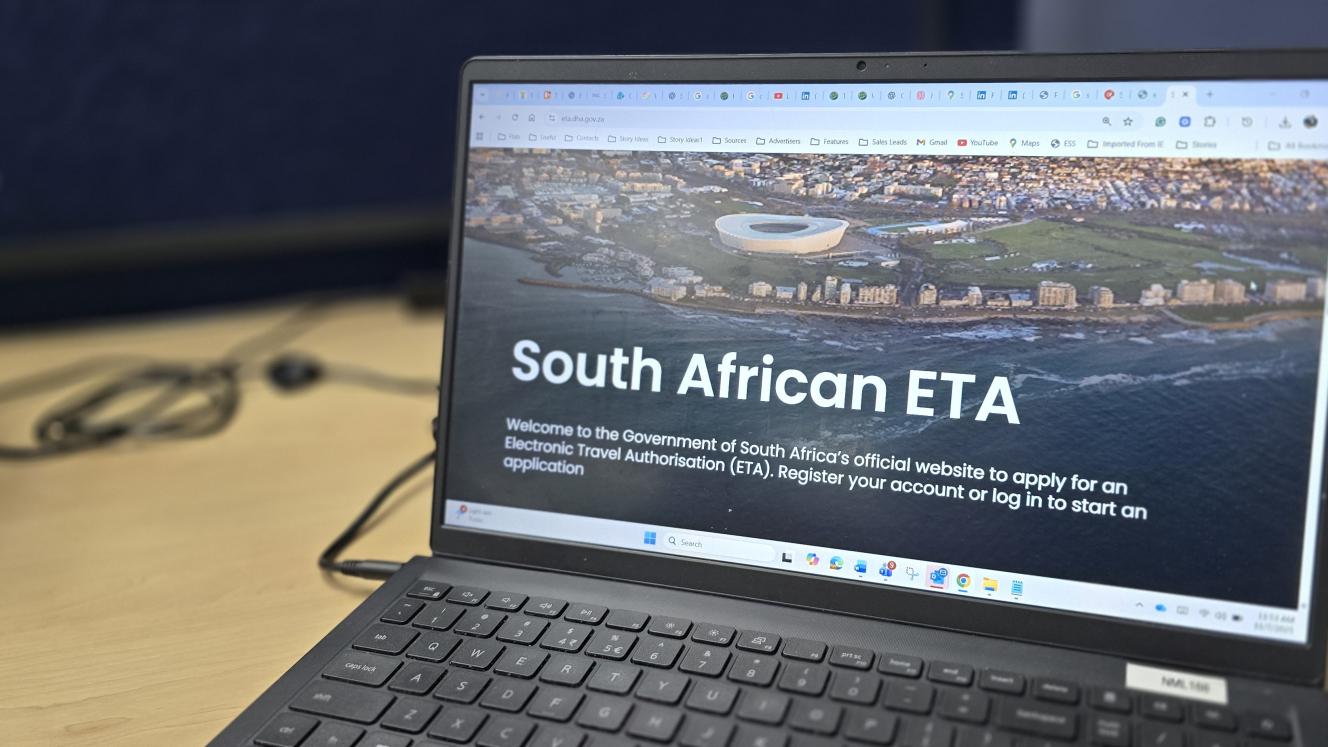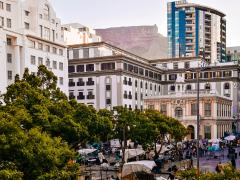South Africa will require major technological improvements – paired with substantial increases in long-haul flight capacity and staffing at airports – for the country’s new electronic travel authorisation (ETA) to achieve its goal of facilitating one million extra annual arrivals per year, immigration and tourism experts have stressed.
The ETA platform recently went live for applications for G20 delegates from China, India, Indonesia and Mexico. It is set to roll out to all travellers from visa-requiring countries from 2026.
Tourism Minister Patricia de Lille asserted that the ETA will add “at least one million extra international arrivals per year” based on Department of Tourism research.
But immigration expert Candice Magen, CEO of Visas Abroad, said challenges with South Africa’s existing e-visa system – launched in 2022 for 14 countries – raised some uncertainty about the efficient implementation of the ETA.
“The e-visa system has been increasingly problematic since its launch. The system is meant to give e-visa outcomes within 10-15 working days but it is only with a massive amount of intervention and escalation from us to the Department of Home Affairs that we receive a client’s e-visa in the stipulated time frame.”
She said every other online system launched by the Department of Home Affairs has been “fraught with difficulties”.
Magen added: “Based on our experience, we are hesitant to comment on whether the ETA will resolve this and it will be a case of ‘let’s wait and see’ how the system functions and performs.”
Sabine Blehle, CEO of GoVacation Africa, said the ETA’s benefits could only be achieved if backed by operational readiness.
“That means reliable systems, secure data handling and well-trained airport staff. Any breakdown could erode trust and disrupt travel. The traveller experience must be seamless from application to arrival.”
Blehle emphasised that, if successful, the ETA would be a strong step forward in modernising South Africa’s travel experience.
“For visa-requiring markets, faster processing removes a major barrier and supports more agile planning. If the system is intuitive, multilingual and traveller-friendly, it will enhance our global image,” she said.
“But success depends on more than visa reform. We need expanded airlift, infrastructure readiness and strong destination marketing,” Blehle added.
More flights and tourism dispersal needed
Rhino Africa CEO David Ryan pointed out that achieving the Department of Tourism’s target will require an exponential increase in air capacity.
“It would need 2 740 extra seats every day. On 300-seat wide bodies, that’s an additional nine long-haul flights daily – all year round. We need secured aircraft, slots, incentives and route support to make that real.”
He emphasised that, with peak season tourist capacity already tight in areas such as Cape Town, the Kruger National Park, the Winelands and the Garden Route, extra volumes will need to be dispersed to alternative regions.
“We should be building alternative interest pillars – wellness, food, culture, hiking, photography and purpose-led travel – and spreading demand into under-represented routes or regions,” said Ryan, pointing out the need to build visibility on AI-driven interfaces.
“Official ETA statements set an aspiration: the execution levers are air seats, data-led discoverability and product dispersion. We’re not aligned there yet. What’s missing nationally is tourism intelligence infrastructure such as structured content, open data, machine-legible routing and trade tools to quote outside the popular nodes.”














